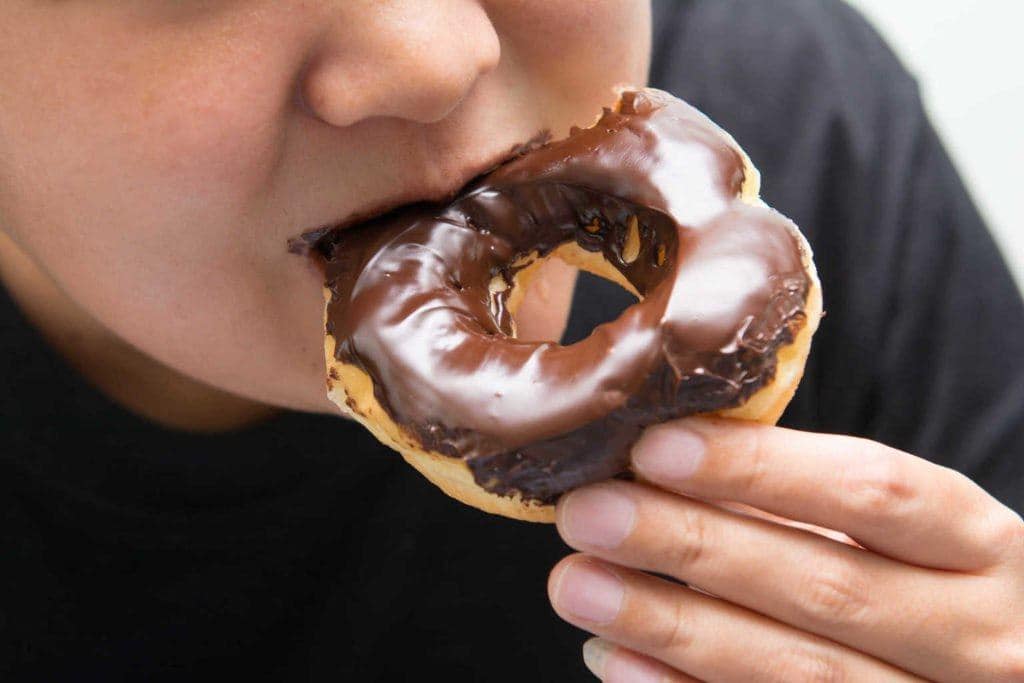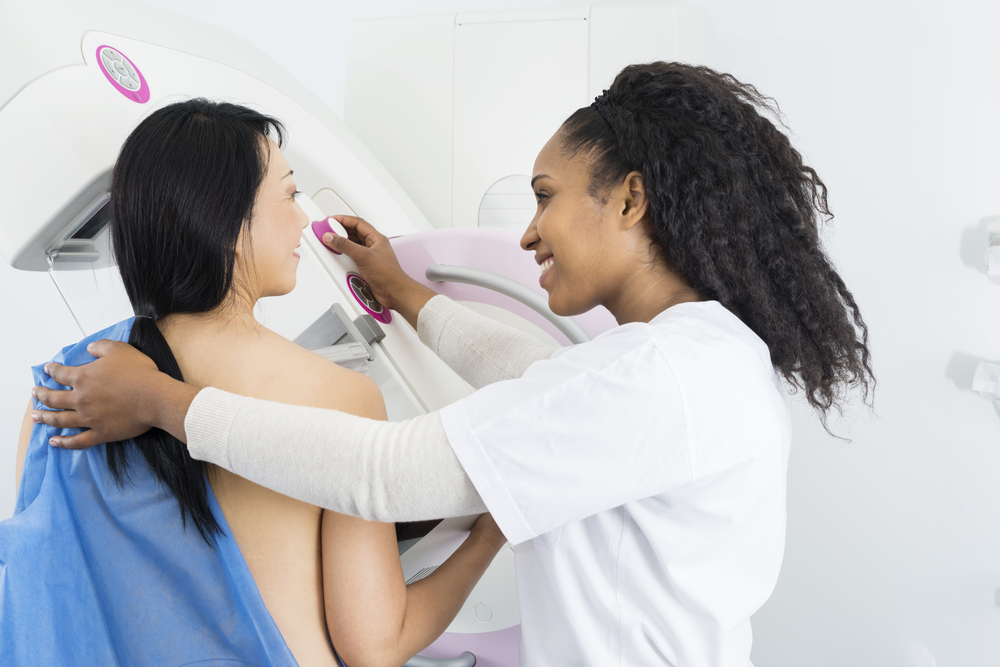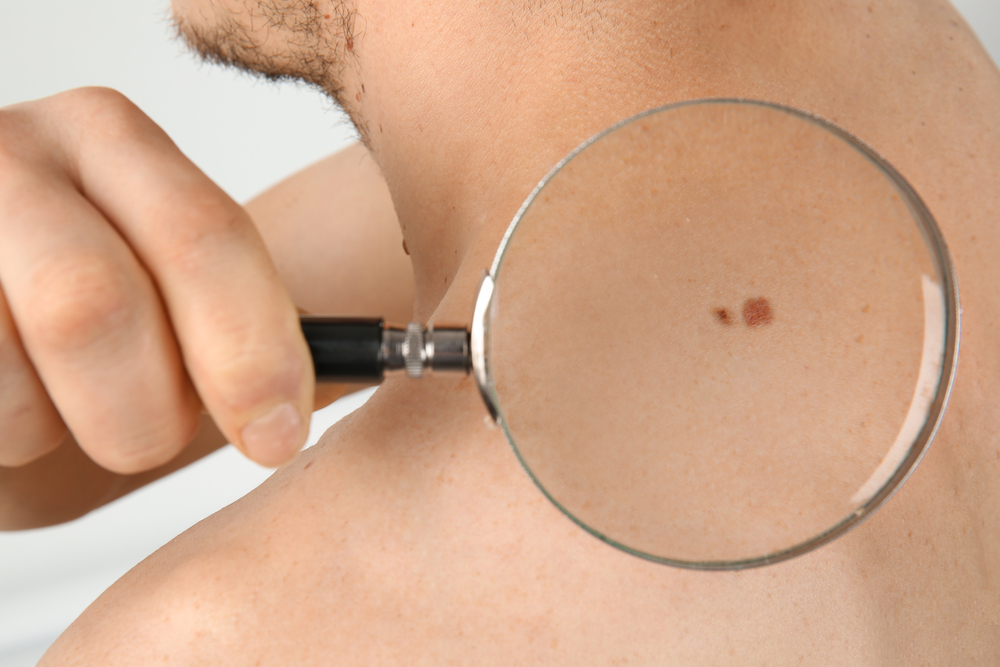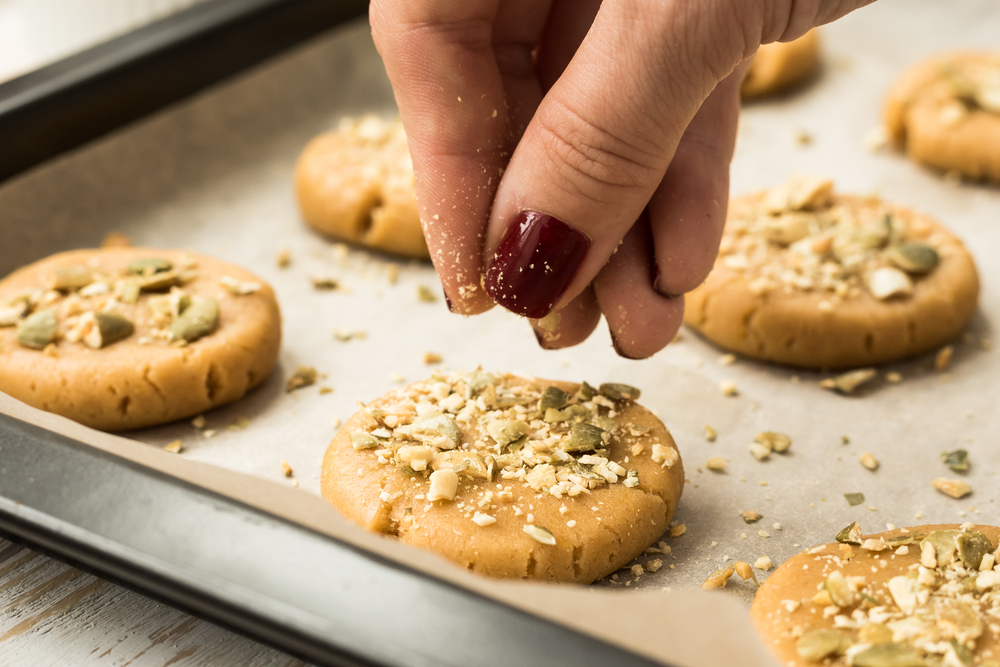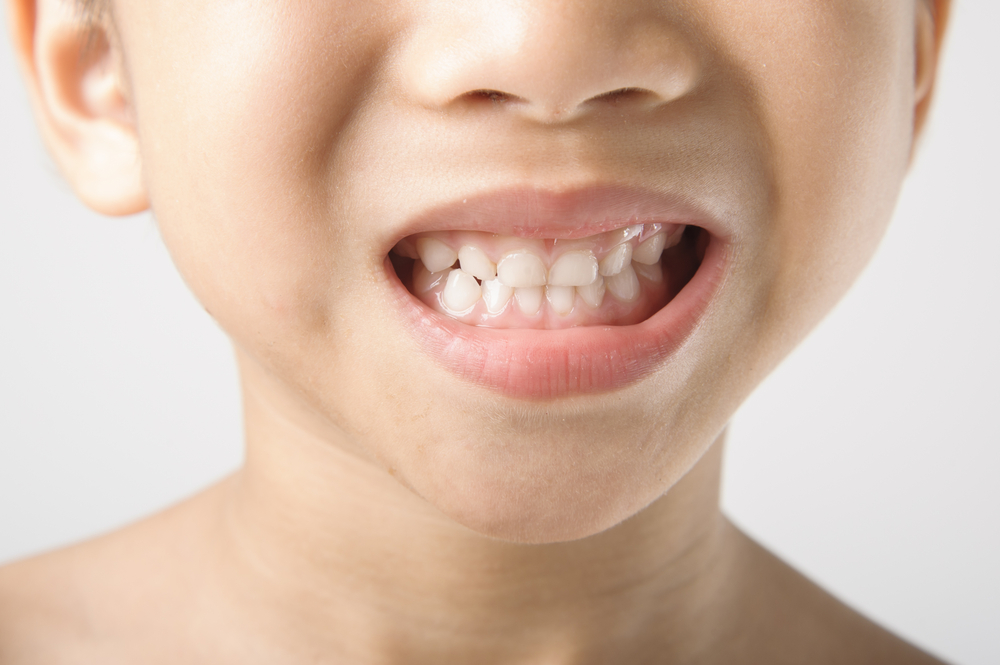Contents:
- Medical Video: Tips from a Pediatrician : How to Measure Blood Pressure in Children
- How to read blood pressure
- Things to do before measuring a child's blood pressure
- How do you measure your child's blood pressure?
- What should be done if your child's blood pressure is too high?
- What should be done if your child's blood pressure is too low?
Medical Video: Tips from a Pediatrician : How to Measure Blood Pressure in Children
Blood pressure is a measure of how hard the heart works to push blood through the blood vessels. If your child is diagnosed with high blood pressure, you need to measure it at home regularly. Learn how to measure your child's blood pressure.
How to read blood pressure
There are two numbers that are read when measuring blood pressure. For example, the blood pressure results are 120/80 mmHg.
Well, for the top number (in this example, 120) is the systolic pressure. This shows blood pressure flowing through the blood vessels when the heart contracts and forces the blood to come out.
The number below (in this example, 80) is a diastolic pressure that tells you blood pressure flowing through a blood vessel when the heart is resting.
Things to do before measuring a child's blood pressure
Measuring blood pressure in children is fairly easy and difficult. You need to know some things to do when measuring a child's blood pressure:
- Please measure your child's blood pressure when your child is relaxed and resting.
- Measure your child's blood pressure before giving blood pressure medication.
- Too much activity, excitement, or nervous tension can cause a temporary rise in blood pressure.
- If your child has symptoms like that headache, nausea, vomiting, dizziness, and blurred vision, this may mean that your child's blood pressure is too high or too low.
- Every 6 months, you must bring a pressure gauge when you come to the clinic so that it can be checked for accuracy.
You need to buy a stethoscope and blood pressure cuff. However, using a manual blood pressure device requires special abilities. Don't worry, there is now an automatic machine for blood pressure. With this tool, you can easily check your child's blood pressure just one click.
How do you measure your child's blood pressure?
The doctor or nurse will guide you and show you how to take the child's blood pressure at home. Following are the steps if you use manual tools:
- Position your child in a chair beside the table or lie down so that the child can rest his arm close to the heart.
- Turn the screw next to the rubber ball to the left to open it. Remove the air from the cuff.
- Place the cuff on your child's upper arm above the elbow, with the Velcro edge facing out. Wrap the cuff on your child's arm. Fasten the edge of the Velcro.
- Place the first and second fingers on the inside of your child's elbow and feel his pulse. Place the flat part of the stethoscope in the place where you feel the pulse, then place the earphone in your ear.
- Turn the screw next to the rubber ball to the right until it's stuck.
- Pump the ball from the cuff with one hand until you can no longer hear the pulse.
- Slowly open the screw until you hear the first pulse. Remember the number of needles points to the number when you hear the first pulse. That number is systolic pressure, the upper amount of blood pressure (for example, 120 /).
- Keep looking at the numbers and slowly release the screws until you hear a change in the sound of the pulse from the loud hum to the soft sound or until the sound disappears. Note the number on the number when you hear a soft or no sound. That number is diastolic blood pressure, the amount lower in blood pressure (for example, / 80).
- Record the size of blood pressure (for example, 120/80) in the diary.
Always routinely write down your child's blood pressure and bring all your child's blood pressure records with you when you have a schedule to consult with your pediatrician.
What should be done if your child's blood pressure is too high?
Taking blood pressure medications regularly may not be enough to maintain blood pressure within the normal range. Your child may be prescribed a dose of blood pressure drug "prn," which means the dose is taken as a need.
When your child's blood pressure is too high:
- Make sure that your child is calm and rested.
- Check your child's blood pressure again after 20 to 30 minutes. If it's still too high, give the medicine.
- If blood pressure does not drop within 45 minutes after administration of the drug, contact your child's clinic.
What should be done if your child's blood pressure is too low?
- Ask your child to lie down and rest.
- If it's time to give your child a dose of blood pressure medicine, don't give it.
- Take your child's blood pressure back in 15 minutes.
- If your blood pressure stays too low, or if your child looks unwell, contact your doctor or your child's clinic for further treatment.


